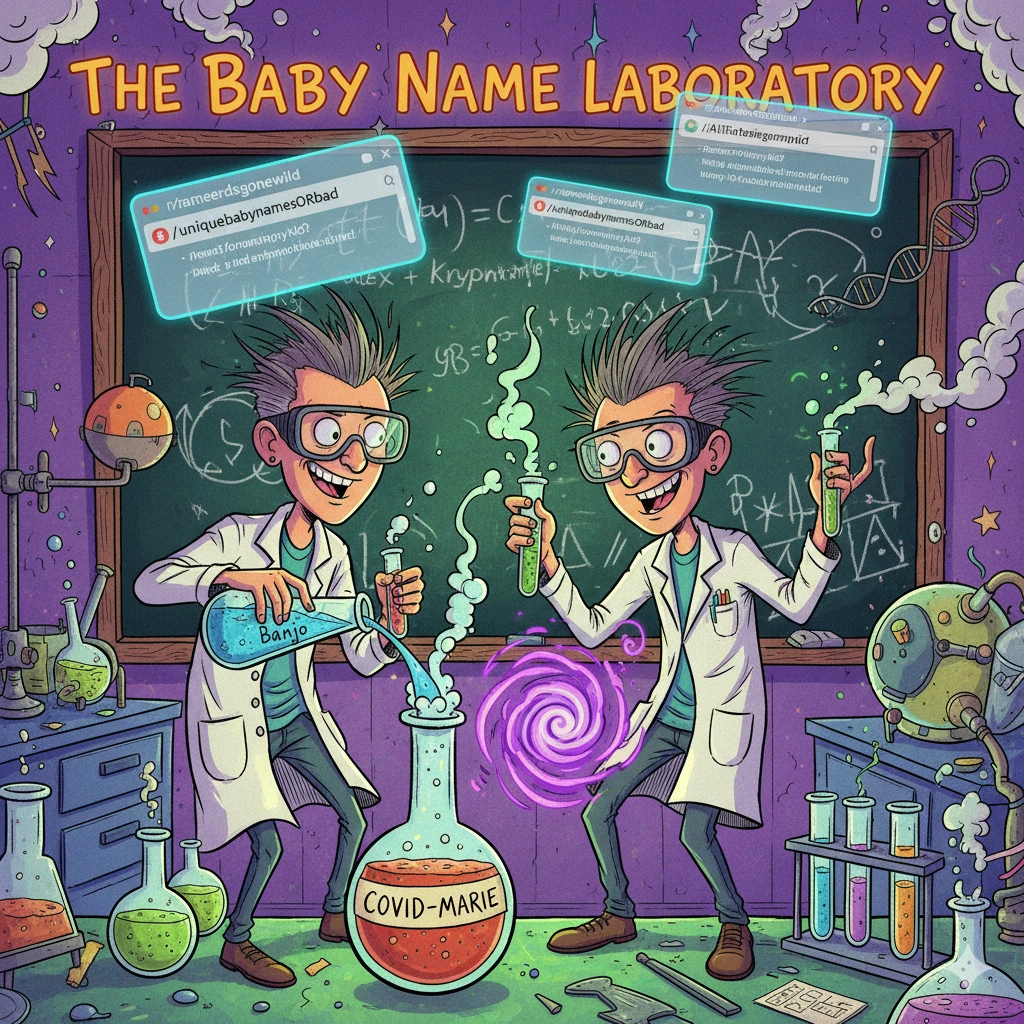L’Equipe Magazine - 8 Octobre 2025
French | 104 pages | True PDF | 29 MB
French | 104 pages | True PDF | 29 MB
| Su | Mo | Tu | We | Th | Fr | Sa |
|---|---|---|---|---|---|---|
| 28 | 29 | 30 | 1 | 2 | 3 | 4 |
| 5 | 6 | 7 | 8 | 9 | 10 | 11 |
| 12 | 13 | 14 | 15 | 16 | 17 | 18 |
| 19 | 20 | 21 | 22 | 23 | 24 | 25 |
| 26 | 27 | 28 | 29 | 30 | 31 | 1 |


Ulf Wallin and Roland Pöntinen made their first duo-recording for BIS in 1991 and have released acclaimed recital discs ranging from Schumann and Liszt to Alfred Schnittke, by way of Schoenberg and Hindemith. With the present disc they bring their most recent project to a close: a recording of all the works by Johannes Brahms for violin and piano. These include not only the three well-known and -loved numbered violin sonatas, but also the Scherzo from the so-called F.A.E. Sonata and the composer’s own violin versions of the two sonatas for clarinet and piano.
The extant concertos by Johann Sebastian Bach for one harpsichord and strings were all composed before 1738, which makes them some of the first, if not the first keyboard concertos – a genre destined to become one of the most popular within classical music. In all likelihood Bach wrote them for his own use (or that of his talented sons) – probably to be performed with Leipzig’s Collegium Musicum of which he had taken over as director in 1729. The fresh and exuberant character one finds in the concertos seems to reflect how much Bach enjoyed the opportunity to engage with his fellow musicians.
György Vashegyi’s new recording of Rameau’s Dardanus superbly demonstrates the Dijon-born composer’s genius, but also the mastery which Vashegyi – with his Orfeo Orchestra and Purcell Choir – has acquired in the music of the Late French Baroque. In conjunction with the preparation of a fresh edition for the Rameau Opera Omnia of the May 1744 version of Dardanus (under the aegis of the Centre de Musique Baroque de Versailles), Vashegyi conducts from a score prepared by the composer (and his librettist Leclerc de La Bruère) following the work’s rejection by Paris Opéra audiences in 1739, with the intention of reinforcing the tragédie’s dramatic action.